A communication strategy that goes hand in hand with architecture for an innovative project that redefines how we will live in the future.
LISI THE HOUSE X TOMORROW BRANDS
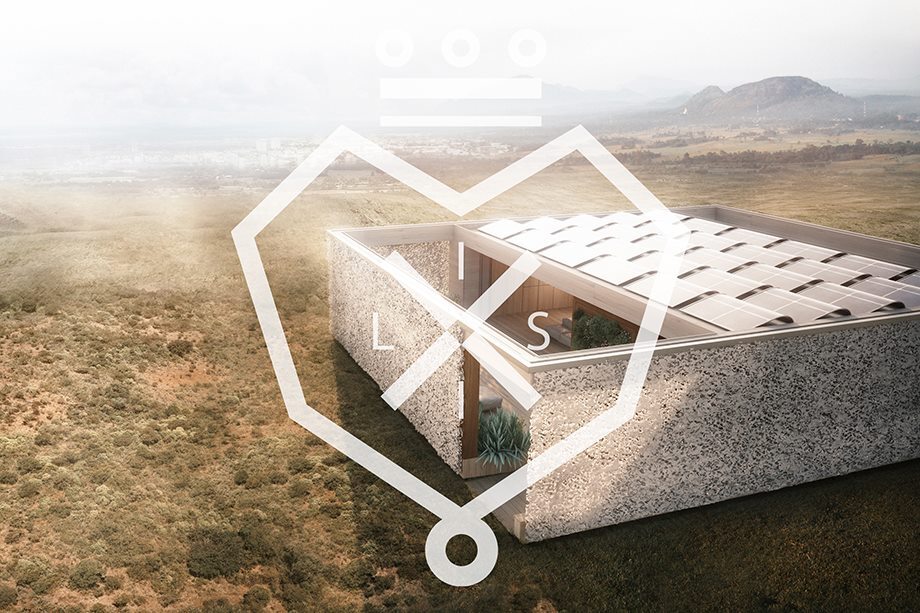
THE ROADMAP
1. Understand the problem you are about to solve before you start up the project
In 2011, Karin Stieldorf and Gregor Pils, and Claus Schnetzer, who had traveled the world with their palette house project, came up with the ambitious idea of reimaging and designing the sustainable house of the future and presenting it together with 20 other projects at the Solar Decathlon in California a biannual competition hosted by the US Department of Energy.
A house that would not only generate more energy than it produced but would revolutionize the way we understand habitability and building systems.
The project was born under the guidance of the Technical University of Vienna and the Federal Ministry for Transport, Innovation, and Technology. It quickly included other leading institutions and universities like the St. Poelten University of Applied Sciences, the Salzburg University of Applied Sciences, the Austrian Institute of Technology, and more than 100 companies and people involved.
↓
2. Do a naming process that pushes your project to its vision
2. Do a naming process that pushes your project to its vision
Naming is only crucial in the first contact with your brand. That is why it is fundamental for innovative projects and start-ups because all customers are in their first contact with the product.
If we compare a name with a bottle, how a name works on a phonetic level, how memorable it is, how it helps us reflect values on an emotional level, defines which is the size of our bottle. How big the bottle is is fundamental for the long run of our project.
How much meaning our name has on a rational level defines is how full it is. The less complete the bottle is, i.e., the more abstract the name is and the less meaning it has, the more we have to fill the bottle with campaigns and content, which is especially relevant when our solution is an innovation and is unknown.
A naming process is essential for projects in innovation or start-ups. This process has to take into consideration the short and long-term marketing and sales strategy and helps you reflect the brand values and avoid limitations for the future.
↓
3. Create a bold and unique identity that matches the project's core idea
3. Create a bold and unique identity that matches the project's core idea
Every new idea or company is unproven and therefore perceived as less trustworthy, and confidence plays an essential role in start-ups and innovation projects to get investment and success.
Having a unique and bold identity boosts our visibility and is also key to providing trust. If our identity is not coherent, if we do not consistently reflect our values and storytelling in all our touch points (website, print material, etc.) we will never be perceived as a stable and secure project to believe in.
↓
4. Define a clear communication strategy based on added value
4. Define a clear communication strategy based on added value
Take into account the awareness stage of your potential clients. If our project provides a real innovation, the customers will not be aware of the solution, just of the need or the problem they face.
Define the needs and problems related to our solution and isolate the walls and obstacles. Create content and define a sales strategy based on our target group's awareness phase.
*The project was realised under the name of Perezramerstorfer Studio, the legacy agency on which Tomorrow brands has been built upon.
THE JOURNEY
Yesterday
In 2011, Karin Stieldorf and Gregor Pils, and Claus Schnetzer, who had traveled the world with their palette house project, came up with the ambitious idea of reimaging and designing the sustainable house of the future and presenting it together with 20 other projects at the Solar Decathlon in California a biannual competition hosted by the US Department of Energy.
A house that would not only generate more energy than it produced but would revolutionize the way we understand habitability and building systems.
The project was born under the guidance of the Technical University of Vienna and the Federal Ministry for Transport, Innovation, and Technology. It quickly included other leading institutions and universities like the St. Poelten University of Applied Sciences, the Salzburg University of Applied Sciences, the Austrian Institute of Technology, and more than 100 companies and people involved.
↓
Solution
Solution
The house is presented with 20 other projects from the USA, all with the same objective. All the houses showcased in the contest were sustainable all had similar sizes and features. Having a unique and strong identity in the architecture and branding and communication was the only way to provide added value.
The first step was to understand the project's managers Gregor and Claus' concept of architecture. They valued the experience, the aesthetic, and comfort. Technology was a tool to achieve those goals; They didn't want to put sustainability over habitability and architecture. The difference of the project in the others should be an added value based on the quality of life in aesthetics. The house has, for example, the hidden voltaic roofs. The smart installation is almost invisible.
We carried out an identity analysis that focused on isolating the project's values, the concept different from other projects on an architectural level, and based on those values; we developed a key visual that didn't scream sustainability either.
The contest has the spirit of team competition; it was important that the students connected emotionally to the identity. We developed a logo in the shape of a football crest, which would underline the idea of competition and team.
In the naming prozess, our goal was again to avoid being like the other projects, whose most names were Acronyms or cold and technological names. We needed to emphasize the idea of warmth, habitability and we decided to use the name of a person.
At first, we wanted to use the name SISI because it brought all the weight of the meaning of the empress of Austria, but the word sisi in English has negative connotations, so we made a slight modification. That's how LISI the house was born.
↓
Tomorrow
Tomorrow
LISI was transported to California for assembly in 2013 to be the first Austrian project to win the solar decathlon It also won the first prize in the category of communication.
Since then Lisi has became an icon in the sustainable construction field in Austria. The house was transported back and again resembled in Austria. You can now visit LISI stands as a construction icon on a platform over the water in the Vienna Lagoon.
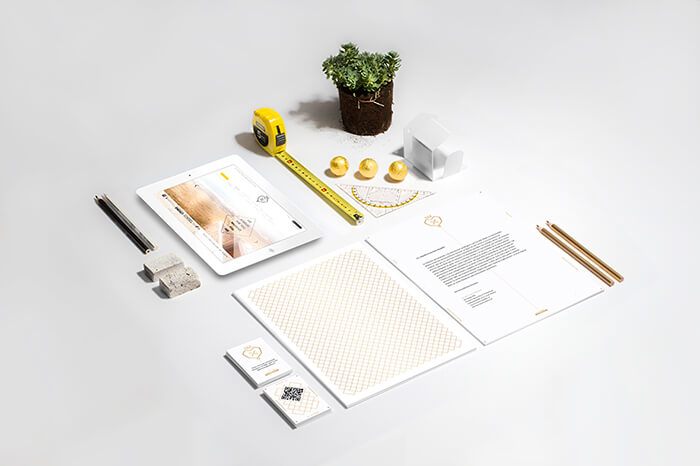
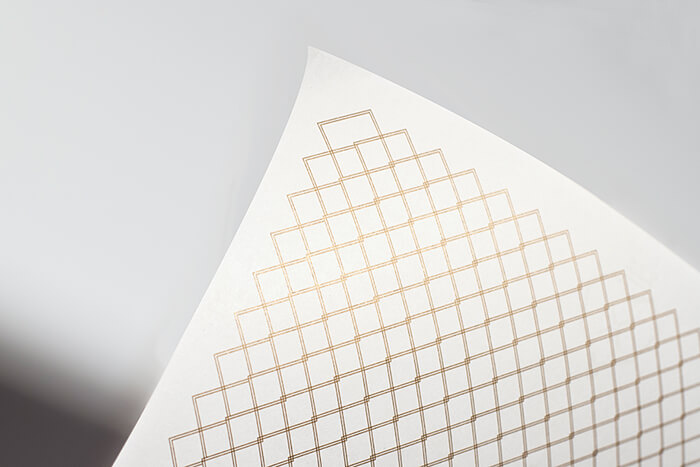
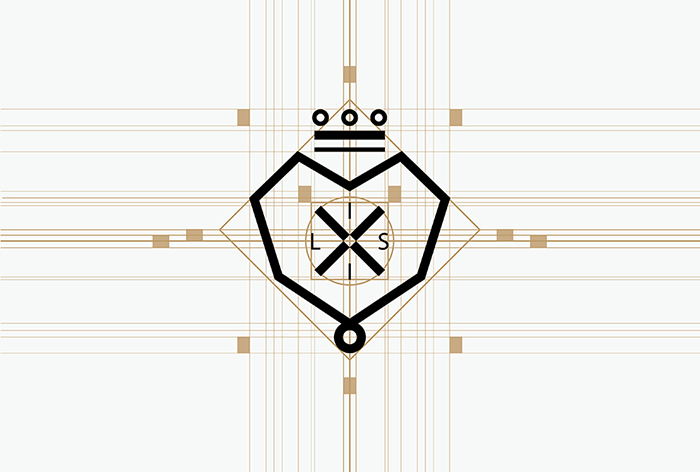
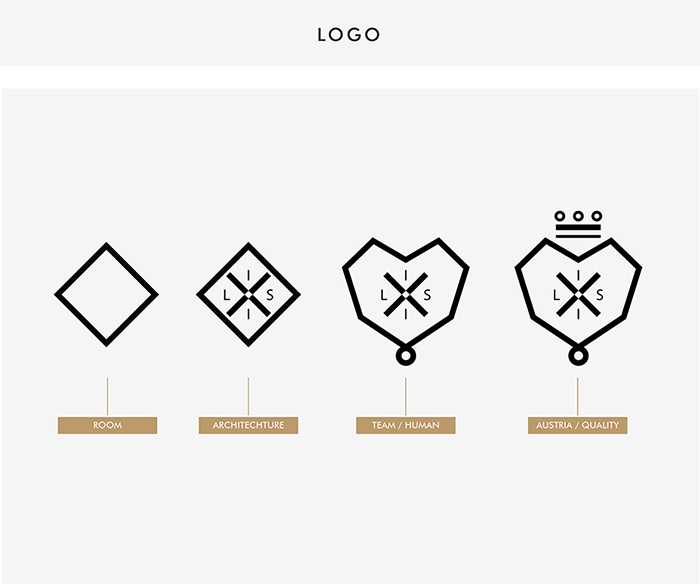
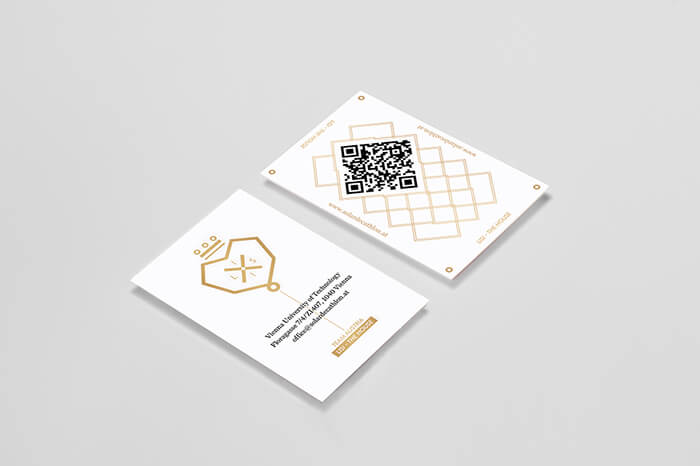
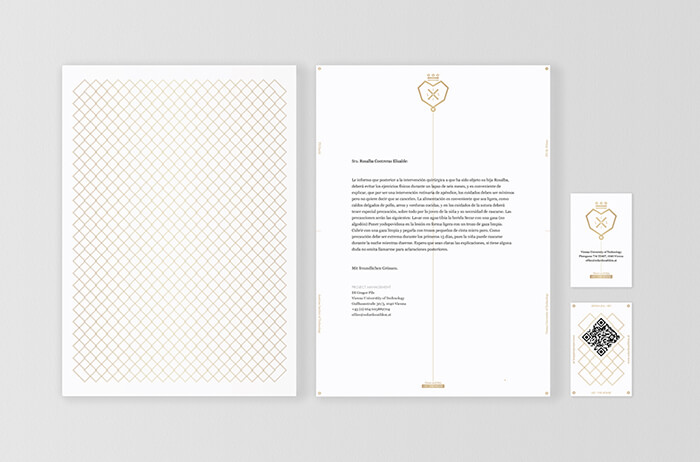
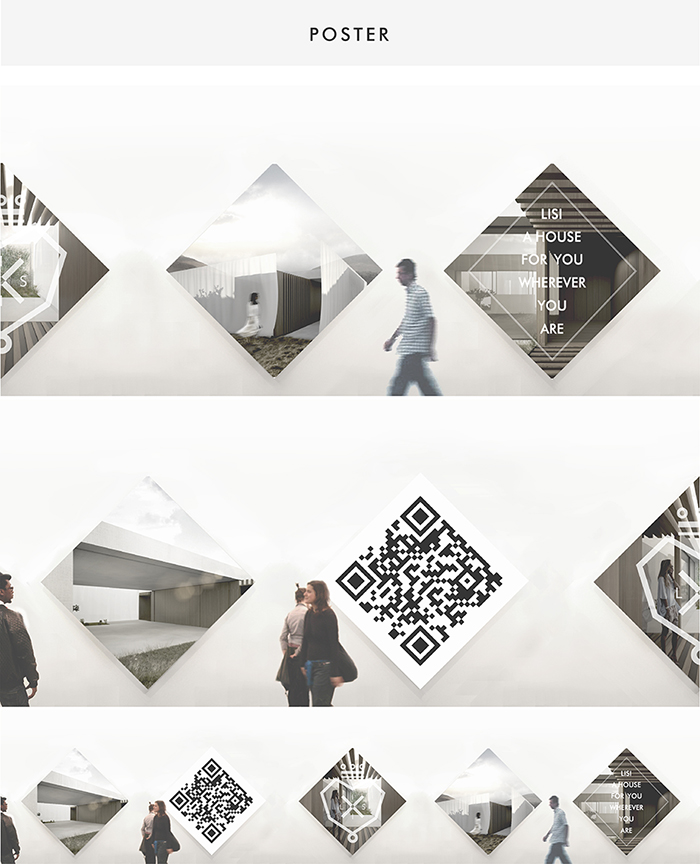
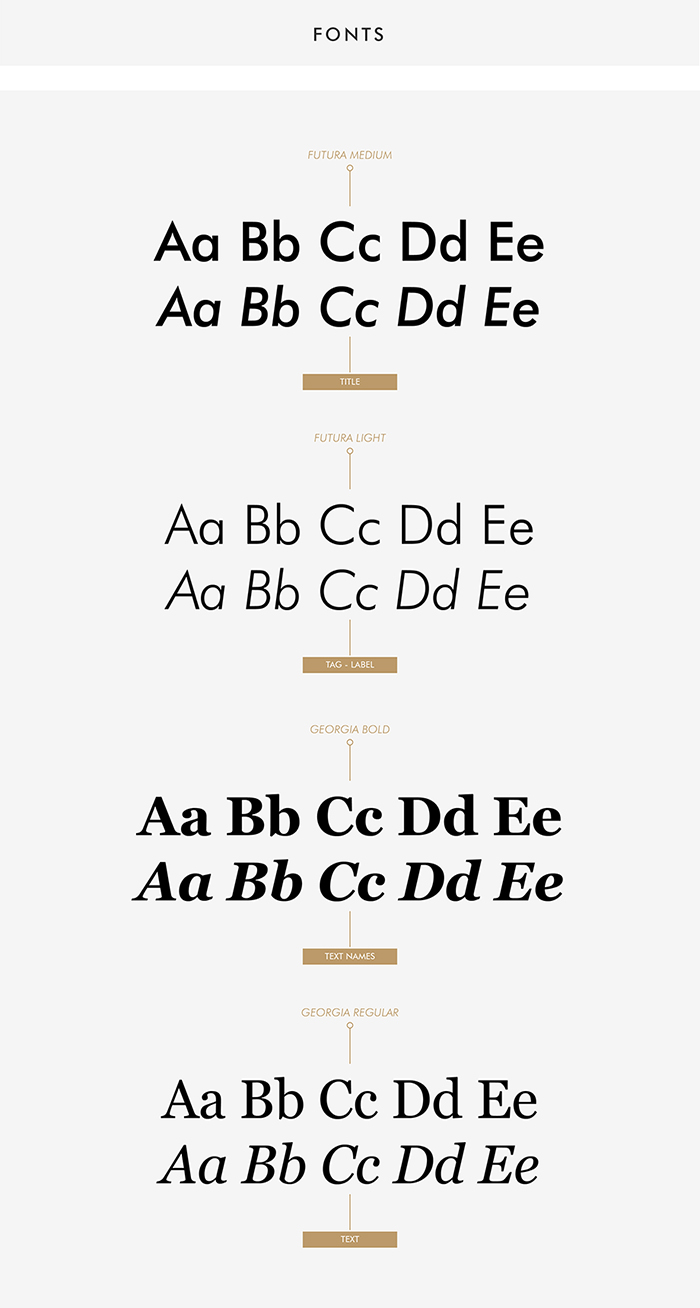
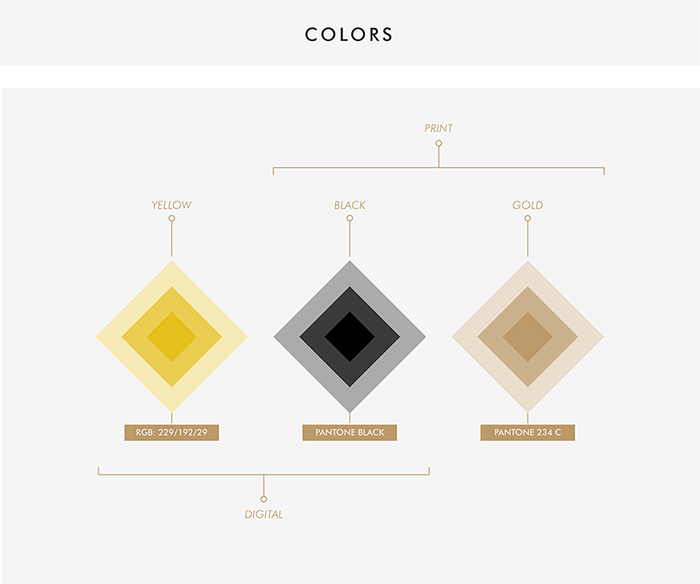
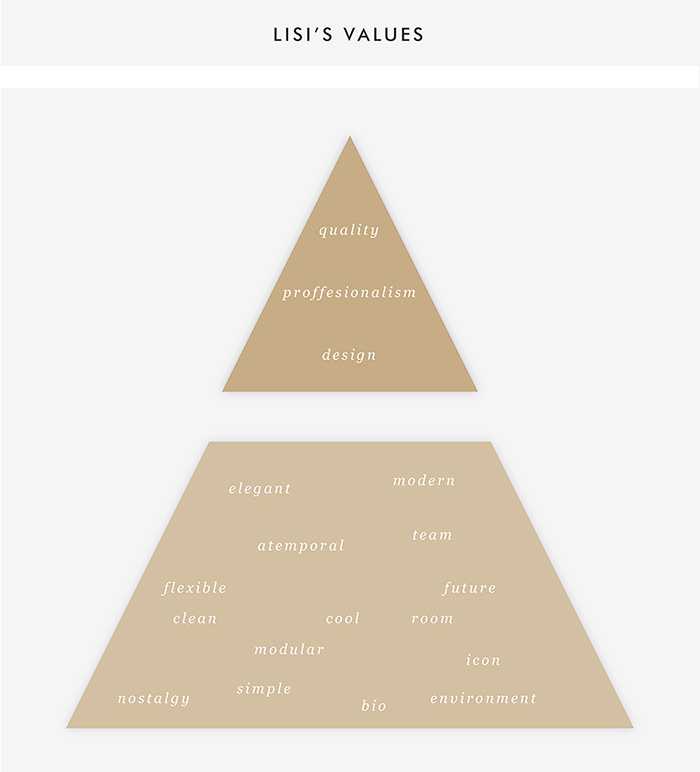
WEBSITE
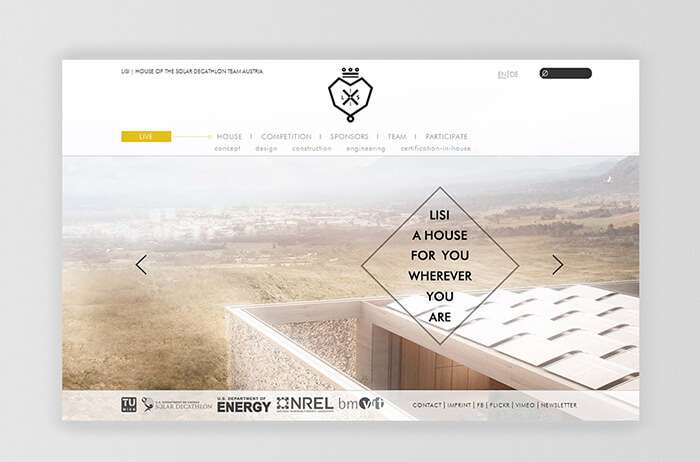
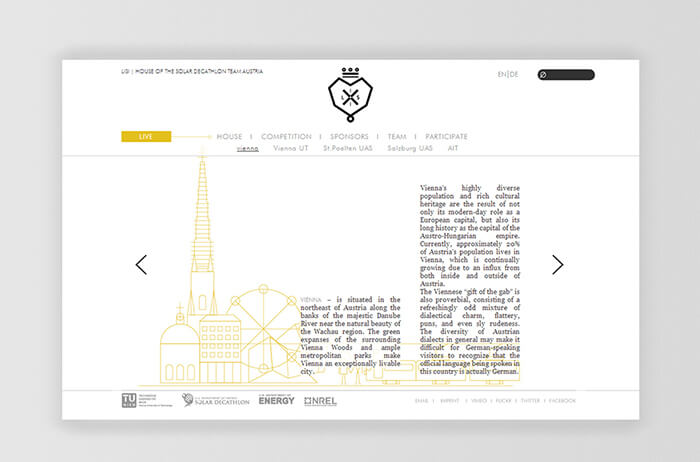
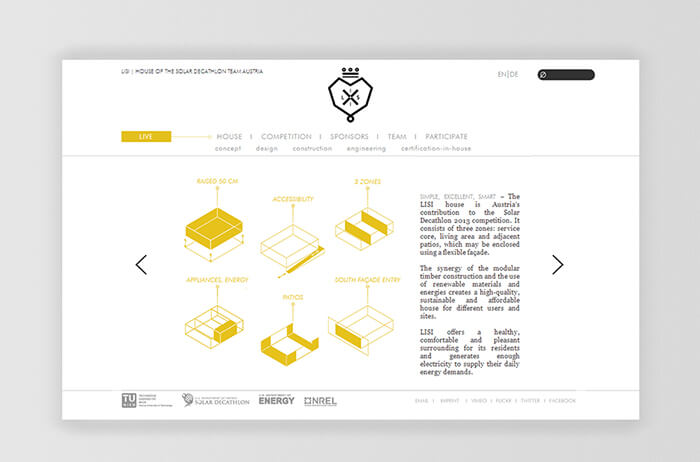
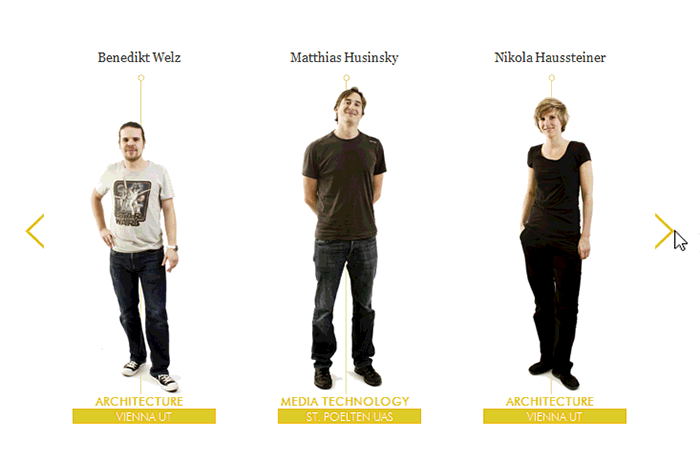
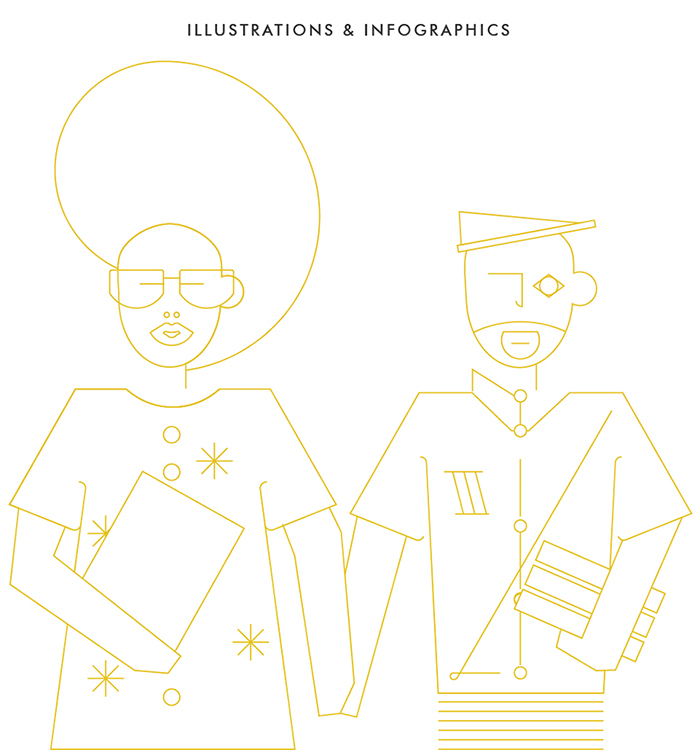
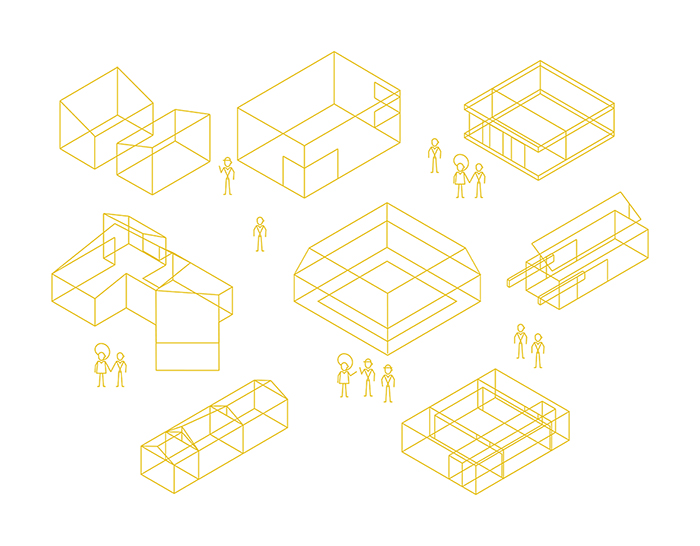
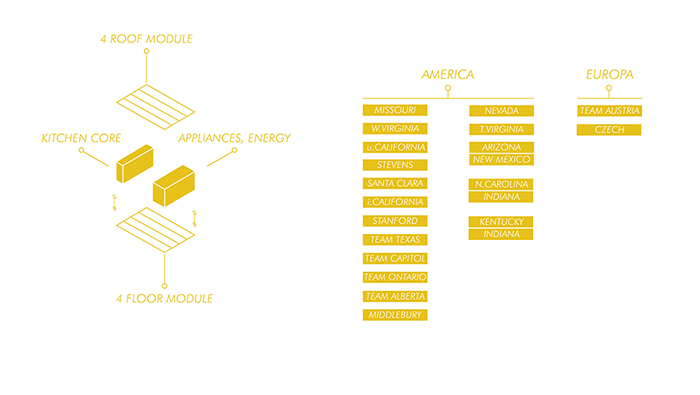
We are a marketing agency whose mission is to help marketing directors, managing directors, and business owners to understand what makes their brands, solutions, and products unique and how they can be the most valuable tomorrow.
SOLUTIONS
NEWSLETTER
The marketing agency
for tomorrow.
Located in a small village in
Upper Austria